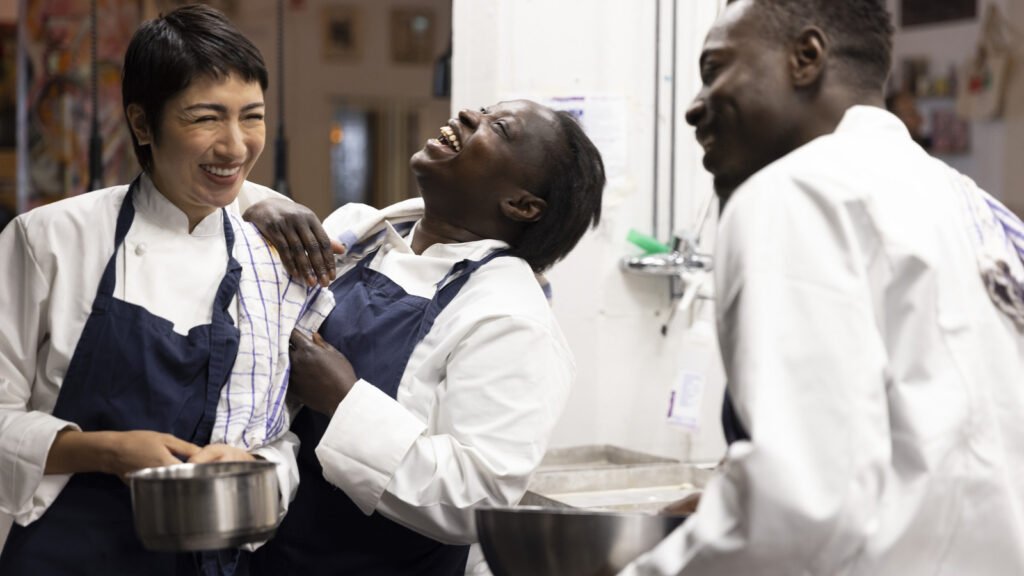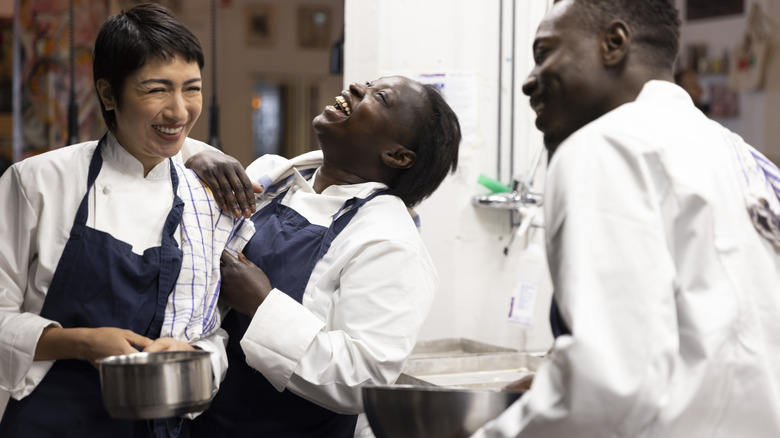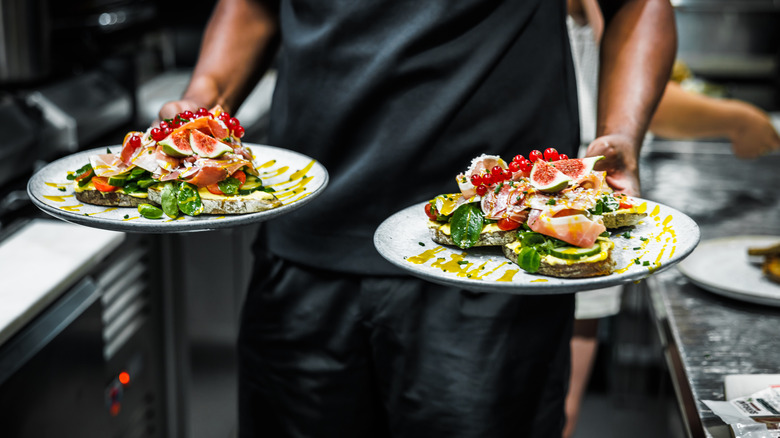If you’ve worked in a restaurant for a long time, there are things you’ll start looking forward to. Other than the breaks in between shifts or the generous tips from your favorite regulars, hearing someone mention “dead” food is the perfect pick-me-up. While it does sound gruesome, it’s actually slang that refers to any dish that is sent back to the kitchen and is no longer meant for customer consumption. Most of the time, this happens when something is cooked incorrectly or when an order gets mixed up.
For instance, a customer orders a juicy rare steak, but it comes out of the kitchen looking too gray and dry for their liking. There are plenty of delicious ways to save your overcooked steak at home, but when you’re at a restaurant, you expect to get what you pay for. So, if you kindly tell your server, they’ll return the dish to the kitchen, and it will now be considered dead food, or a dead plate. The cooks will then whip you up a new one, so you can enjoy the dish you were originally expecting. Dead food is often used with another kitchen slang, “in the window,” which refers to the surface where the plate is set so the servers know that it’s ready for the customer. Having dead food in the window isn’t to be confused with having leftovers, because it re-enters the kitchen the same way it left.
The early bird catches the dead food
Hearing that there’s dead food is very exciting, even more so than when a customer hears a chef shout 86. And because most servers are anticipating it, you have to be swift in stamping it as yours. Sure, dead food is usually available for everyone to claim, but you know how the saying goes: The early bird catches the worm, or in this case, the dead food. As such, you have to be alert, ready to rush in, and snatch it with your talons. There’s a huge chance that your co-workers have set their eyes on it, too, so it’s best to act fast. Of course, sharing is always an option.
Unfortunately, some restaurants throw dead food away — as if the kitchen is literally staffed by robots — and it’s not really a good practice. After all, there’s perfectly good, edible grub that people in the kitchen will be more than thankful to consume. Plus, there’s the fact that being a server isn’t easy; you’re on your feet the whole shift, required to be pleasant to customers at all times, while being surrounded by delicious food you can’t eat — so what’s the harm in a little treat?





